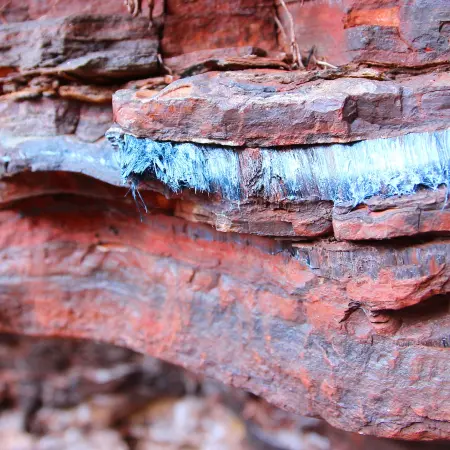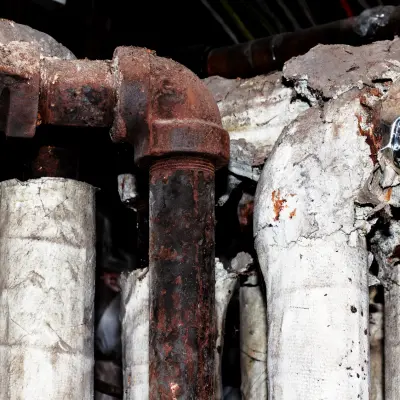ASBESTOS: Once a common mineral in construction, asbestos is now recognized as a serious health risk, linked to diseases like mesothelioma and lung cancer. Understanding the risks of asbestos exposure, its common locations, and how to protect yourself is crucial.


For decades, builders and manufacturers used asbestos in many products. They added it to cement boards, roofing shingles, and siding panels. Asbestos could resist heat and harsh weather. Manufacturers also wove it into fabrics, textiles, and fire blankets.
The automotive industry used asbestos to make brake pads and clutch linings stronger. This helped them work well under friction and high heat. The mineral was versatile and stable, which added to its value. Also, it was cheap, making it a smart choice for improving performance.
The story changed when health experts found that asbestos fibers can harm lungs over time. When someone
disturbs asbestos materials—by cutting, drilling, sanding, or just through wear and tear—tiny fibers can get
into the air. Inhaling these fibers can lead to serious health risks.
Conditions linked to asbestos exposure include:
Important Note: Asbestos-related diseases take a long time to show symptoms. It can take decades for signs to appear, which makes early detection hard. By the time doctors diagnose these conditions, treatment options may be limited, and outcomes can be unclear.
Asbestos use has dropped a lot in recent years. Still, it hides in many older buildings, vehicles, and machines. Structures built or renovated before the late 1900s may contain asbestos in:


Start by looking up the city in which you or a loved one
were exposed to asbestos
As people learned about asbestos-related illnesses, governments set strict rules for handling, removing, and disposing of asbestos. Many countries now ban or tightly control asbestos use. In areas where it remains legal, strict guidelines limit its use and set safe exposure levels to protect workers and the public. Regulatory measures often require:
Important Note: These regulations, along with increased public awareness, aim to reduce exposure risks and shield communities from asbestos-related diseases.
Visual inspections can’t confirm asbestos. A certified inspector collects samples to check for asbestos. These samples go to an accredited lab. There, experts use powerful microscopes and careful methods to find and count asbestos fibers. The results help decide if the material should be removed, sealed, or just monitored.
Not all asbestos needs to be removed right away. If the material is stable, not easily crumbled, and unlikely to be disturbed, it can be safer to leave it alone. In these cases, professionals may encapsulate or enclose asbestos materials to keep fibers from escaping.
If removal is needed—often during renovations or when materials decay—trained abatement teams follow strict guidelines. They isolate the work area and keep negative air pressure to prevent fiber spread. They use HEPA filters and wet methods to control dust. Workers wear protective suits, gloves, and respirators. After removal, they clean the area well to avoid any contamination.
Homeowners should be careful with older construction materials. Avoid drilling, sanding, or sawing any suspicious parts without testing them first. If you find asbestos, consult licensed professionals. They know the legal rules and health risks involved.
Employees who might face asbestos need training, protective gear, and health screenings. Employers must follow all rules to keep the workplace safe. Local building authorities, health departments, and trusted consultants can guide you. They help with best practices to ensure compliance and reduce risks.
Knowledge stands as the best defense against asbestos hazards. Staying updated on local rules, learning about common asbestos-containing materials, and seeking guidance before starting a project in an older property can prevent harmful exposures. Public health agencies and safety organizations offer resources to help identify warning signs, understand risk levels, and find trustworthy testing and removal services.
Asbestos reminds us that once-loved materials can be dangerous. Today’s strict standards, improved testing, and expert removal services show our progress. By understanding asbestos risks and following safety rules, communities can protect old buildings and public health. These actions allow people to enjoy historic sites, renovate responsibly, and ensure future generations receive safer, healthier spaces without the hidden dangers that asbestos once brought.